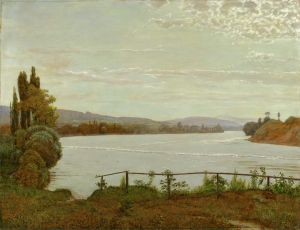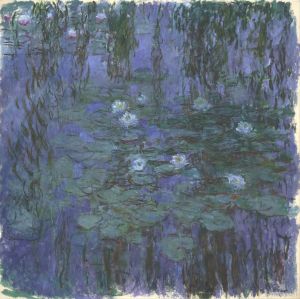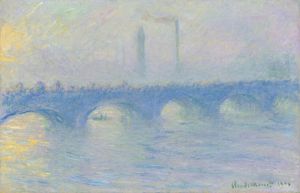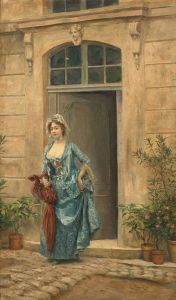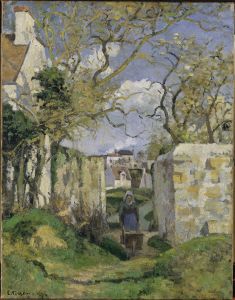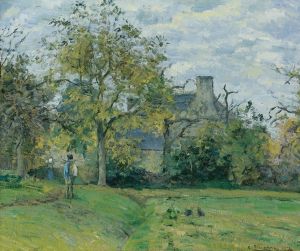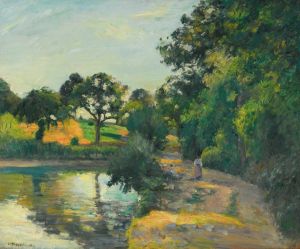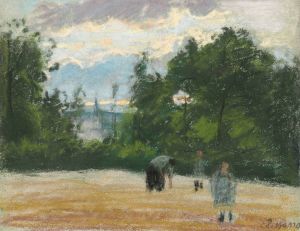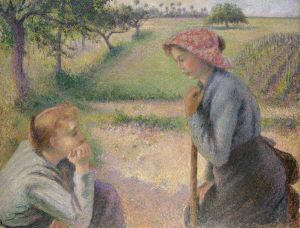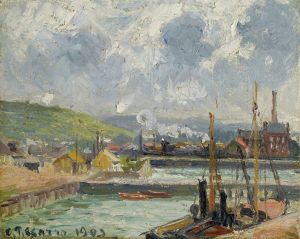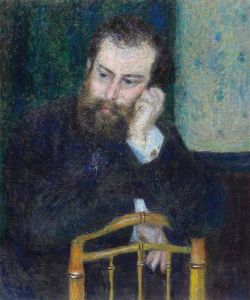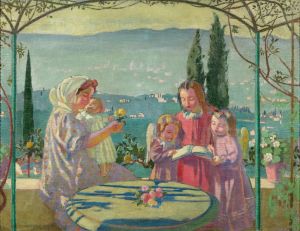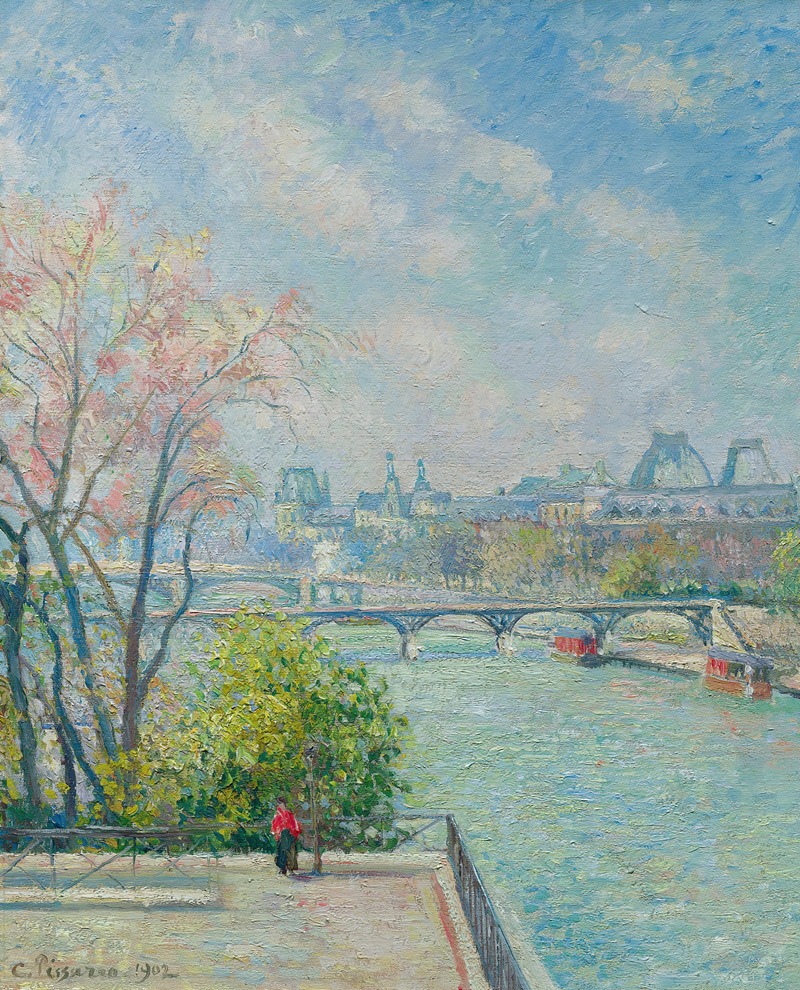
Le Louvre, Matin, Printemps
A hand-painted replica of Camille Pissarro’s masterpiece Le Louvre, Matin, Printemps, meticulously crafted by professional artists to capture the true essence of the original. Each piece is created with museum-quality canvas and rare mineral pigments, carefully painted by experienced artists with delicate brushstrokes and rich, layered colors to perfectly recreate the texture of the original artwork. Unlike machine-printed reproductions, this hand-painted version brings the painting to life, infused with the artist’s emotions and skill in every stroke. Whether for personal collection or home decoration, it instantly elevates the artistic atmosphere of any space.
"Le Louvre, Matin, Printemps" is a painting by the renowned French Impressionist artist Camille Pissarro. Completed in 1901, this work is part of Pissarro's series of urban landscapes that capture the vibrant life and changing atmosphere of Paris. Pissarro, who was a pivotal figure in the Impressionist movement, is celebrated for his ability to depict the nuances of light and atmosphere, and this painting is a testament to his mastery.
The painting portrays a view of the Louvre Museum in Paris, one of the most iconic landmarks in the city. Pissarro's choice to depict the Louvre reflects his interest in capturing the essence of urban life and architecture. The scene is set in the morning during springtime, as suggested by the title, which translates to "The Louvre, Morning, Spring." This setting allows Pissarro to explore the effects of natural light on the city's architecture and the bustling activity of its inhabitants.
In "Le Louvre, Matin, Printemps," Pissarro employs his characteristic Impressionist technique, using loose brushstrokes and a vibrant palette to convey the transient effects of light and color. The painting captures the interplay of sunlight and shadow on the façade of the Louvre, as well as the movement of people and vehicles in the foreground. Pissarro's use of color is particularly noteworthy; he employs a range of hues to depict the subtle variations in light and atmosphere, creating a sense of immediacy and vitality.
Pissarro's urban scenes often focus on the dynamic interaction between the city's architecture and its inhabitants. In this painting, the Louvre stands as a symbol of cultural heritage and history, while the animated street life in the foreground reflects the modernity and vibrancy of Paris at the turn of the 20th century. This juxtaposition is a recurring theme in Pissarro's work, highlighting the coexistence of tradition and progress in the urban environment.
Camille Pissarro was known for his keen observational skills and his ability to capture the essence of a scene with remarkable clarity. His paintings often convey a sense of movement and change, reflecting his interest in the fleeting nature of light and atmosphere. In "Le Louvre, Matin, Printemps," Pissarro's attention to detail and his sensitivity to the nuances of light and color are evident, making the painting a quintessential example of his Impressionist style.
Throughout his career, Pissarro was deeply committed to the principles of Impressionism, which emphasized the depiction of contemporary life and the exploration of light and color. He was a mentor and collaborator to many other Impressionist artists, including Claude Monet and Edgar Degas, and his work had a significant influence on the development of the movement.
"Le Louvre, Matin, Printemps" is a reflection of Pissarro's enduring fascination with the city of Paris and his ability to capture its essence with remarkable skill and sensitivity. The painting remains an important work within Pissarro's oeuvre and a valuable example of Impressionist art, celebrated for its vibrant depiction of urban life and its masterful rendering of light and atmosphere.





